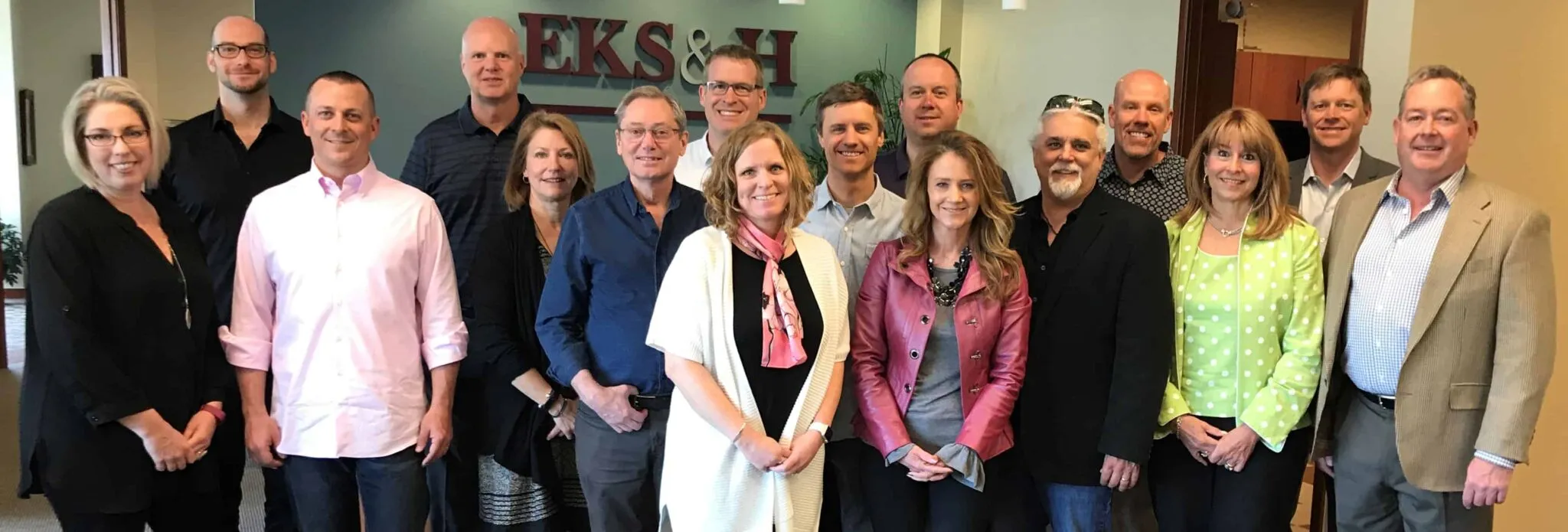Ad execs seek right balance of technology, creative strategy

BOULDER — Experts in the advertising industry say that changes in how people want to receive information and a trend of shorter attention spans are forcing public-relations and marketing agencies to retool their skill sets with a heavy dose of technology to help their clients.
Leaders of agencies in the Boulder Valley participating in BizWest’s CEO Roundtable on advertising all agreed that technology has created the ability to target specific audiences with lightning speed, but often, an overall long-term strategy to develop a brand is lost.
A big challenge facing agencies is keeping up with the…
THIS ARTICLE IS FOR SUBSCRIBERS ONLY
Continue reading for less than $3 per week!
Get a month of award-winning local business news, trends and insights
Access award-winning content today!
